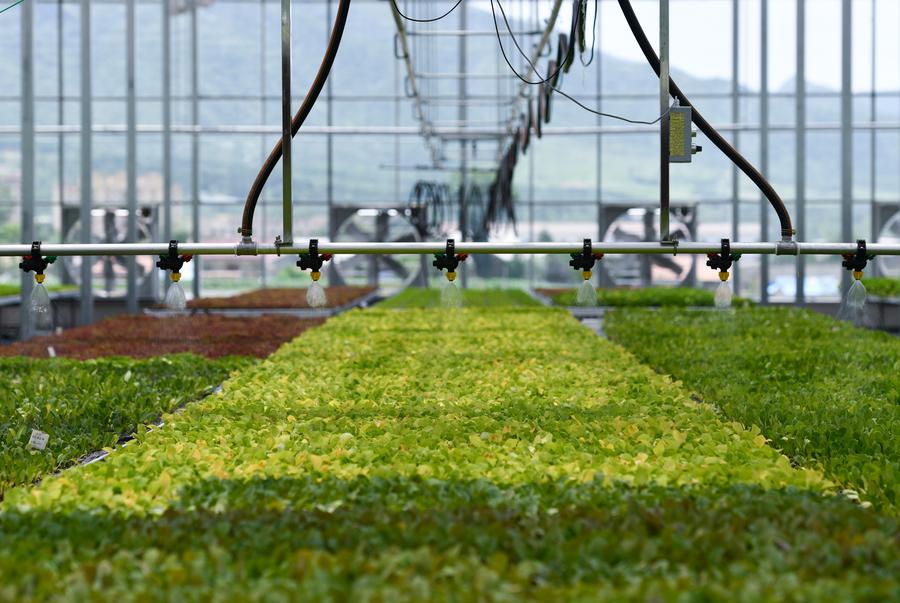China Targets Water-saving Leap with Foreign Capital, New Techs
China aims to attract more foreign and private capital to the water conservation industry, setting an ambitious goal of expanding the sector to a trillion yuan scale by 2027, as reported by Xinhua.
The vision includes cultivating several industry leaders valued in the tens of billions of yuan by 2035 and elevating water-saving technologies, manufacturing processes and management services to a globally advanced standard.
Technologically, the focus will be on breakthroughs in treating and recycling organic and high-salinity wastewater, improving efficient cooling, and developing water-saving washing processes, as outlined in a guideline released recently by the National Development and Reform Commission (NDRC) and other ministerial departments.
According to the document, regions with the capacity are encouraged to organise various water-saving product and equipment fairs, trade shows and technology exhibitions to promote mature and applicable water-saving technologies.
A platform will be established for water-saving enterprises to exchange advanced technologies and deepen cooperative partnerships, stimulating the supply and demand market within the water conservation industry.
Research institutions and high-tech enterprises are encouraged to participate in international water-related activities, offer consulting, construction and operation management services for water conservation projects abroad, and support the Belt and Road Initiative’s high-quality development goals.
China faces a fundamental water scarcity issue, characterised by a large population and spatially and temporally uneven distribution of water resources. Water conservation is identified as the fundamental solution to the shortage problem.
Starting from May 1 of this year, China has implemented the first national-level regulations on water conservation.
The targets for 2024 include a 13 percent reduction in water consumption per 10,000 yuan (about USD1,400) of GDP and a similar decrease in water consumption per CNY10,000 of industrial added value compared to 2020 levels.
The NDRC has indicated that it will promote water conservation efforts by enhancing the use of unconventional water sources and updating and transforming equipment.
Agriculture, which accounts for over 60 percent of total water usage in China, will see comprehensive reforms in water pricing, with tiered pricing and a precise subsidy and reward mechanism for water-saving.
Additionally, China aims to significantly increase the efficiency of irrigation water use in agriculture, striving for an annual utilisation of unconventional water sources exceeding 18 billion cubic meters, which include rainwater, recycled water, desalinated seawater and mine water.
A recent key policy document indicates that China will enforce mandatory limits on the use of water resources and replace the water resource fee with a nationwide tax.
Furthermore, China will promote the adoption of advanced water-saving equipment and products, drive large-scale updates of water-saving equipment, and accelerate the phase-out of outdated water-consuming products and equipment.
To support these initiatives, the government will regularly publish catalogs of mature and applicable water-saving technologies and a list of industrial water-saving processes, technologies and equipment encouraged at the national level.

